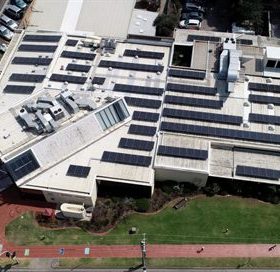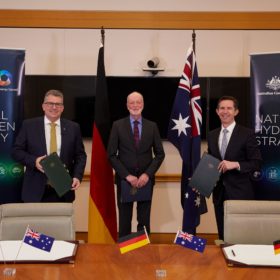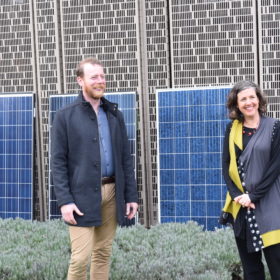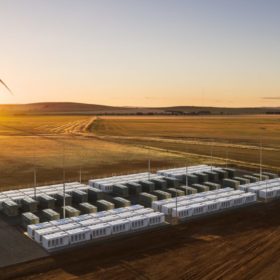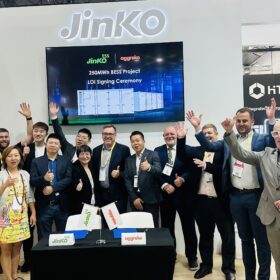Spring cleaning – wind and solar are sweeping gas and coal out the door
New analysis from Rystad Energy and Cornwall Insights Australia demonstrate how the return of spring has once again emphasised the growing supremacy of wind and solar in Australia’s energy makeup. The stats don’t lie, wind and solar are sweeping coal and gas out the door.
Hobsons Bay City Council set to become first Melbourne metro council to start a VPP
Hobsons Bay City Council is accelerating its Large Scale Solar Installation Program with a Virtual Power Plant to enable the sharing of solar generated energy around the Council’s assets. Going forward, Council wants to see its VPP expanded to include the vast array of members in its community.
Australia and Germany shake hands on green hydrogen future
Australia and Germany have brought their national hydrogen strategies together after signing a new agreement for a joint feasibility study into green hydrogen production and trade. The agreement was welcomed around the country as auspicious of Australia’s potential as a global green hydrogen superpower.
Keeping PV panels honest — ACT innovation fund pumps up testing capacity
Michelle McCann and Lawrence McIntosh, the partners behind the solar panel testing facility, PV Lab, in Canberra think of Australia’s PV installations, large and small, as making up a vast virtual power plant. Their goal is to wring the promised performance from panels being sold into the Australian market and the ACT Government has just boosted their chances.
WA colours in 30 regional school rooftops with PV
Call it a school upgrade, a maintenance improvement, a learning opportunity, a right start in life … Western Australia’s Solar Schools Program was launched last week in the Pilbara town of Port Hedland to bring multiple benefits to the quality of student experiences in the state’s regions.
FCAS fetches highest revenues in SA and NSW
Battery energy storage developers might consider the findings of new research by Cornwall Insight Australia, that batteries located in South Australia last year earned the most from supplying Frequency Control Ancillary Services to the NEM, and that New South Wales also offers fertile ground.
Long read: Inside WA’s bet on PowerBanks
Western Australia is soaked in sunshine, and PV uptake is challenging the grid. But small numbers of medium-sized community batteries are taking the heat off the system, while helping more people to reap the dividends of rooftop solar PV.
Bigger and better: Technology
The SNEC 2020 PV Power Expo opened on Aug. 8 in Shanghai. Unlike previous editions, the world’s largest solar trade fair was mostly attended by Chinese participants this year due to the Covid-19 pandemic. While the trade fair used to offer insights into global market trends, volumes were low this year due to a buyer/seller standoff amid rising prices caused by the recent accidents at polysilicon plants in Xinjiang. Also, there was little change in technologies. PV InfoLink’s Corrine Lin offers insights into cells and modules at SNEC 2020.
Heating up the heterojunction-LID discussion
Scientists led by the University of New South Wales have looked into the long-term degradation of silicon-heterojunction. Their findings suggest that illumination at high temperatures could actually improve cell efficiency, but also risks activating multiple light-induced degradation mechanisms if not carefully controlled.
They’re doing it again, Smart Energy Council launches second virtual show
Immediately on the back of the first fully-virtual solar industry event in the Australia market, the Smart Energy Council has announced its second ‘3D Virtual’ conference and exhibition – scheduled for March 3-4 2021.

